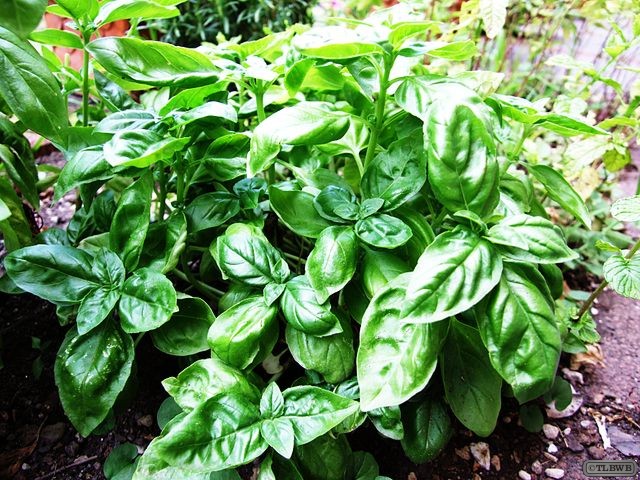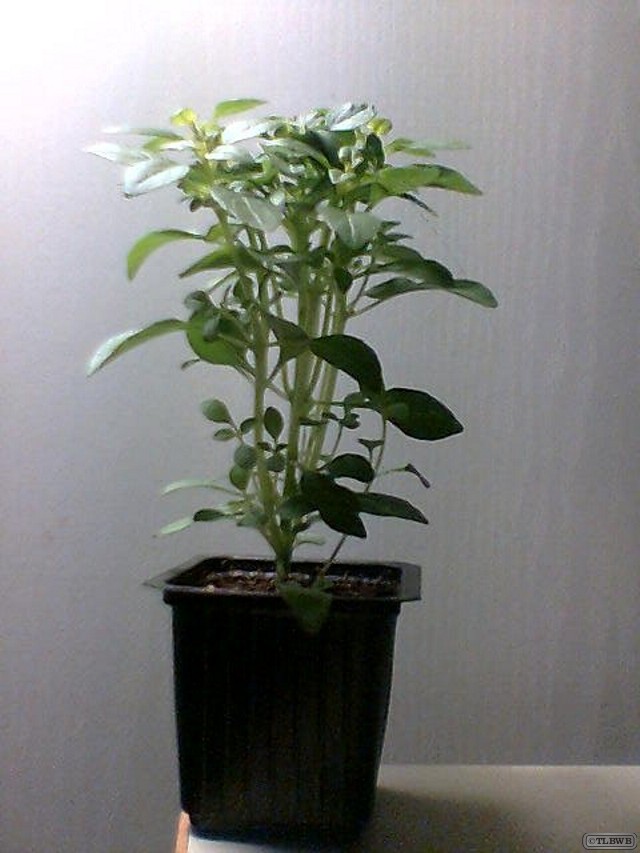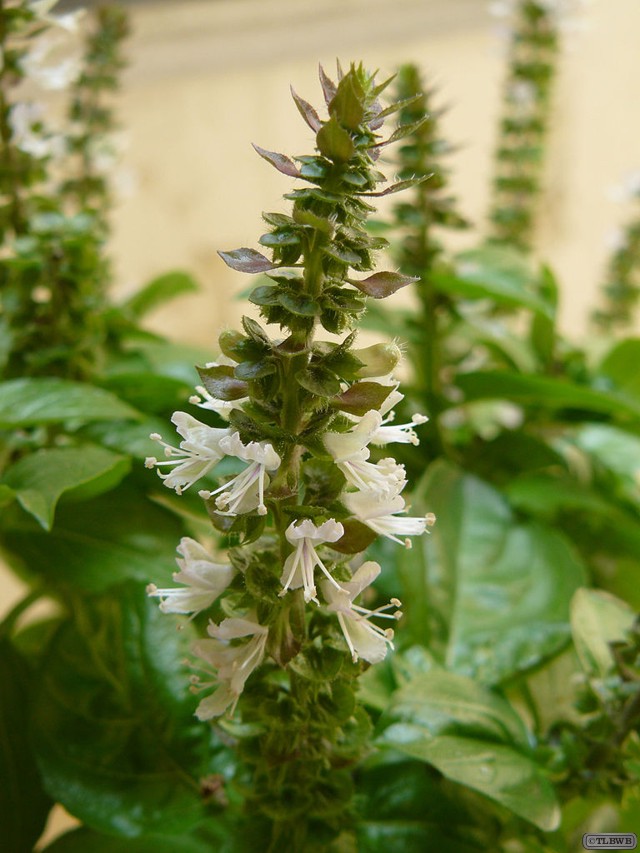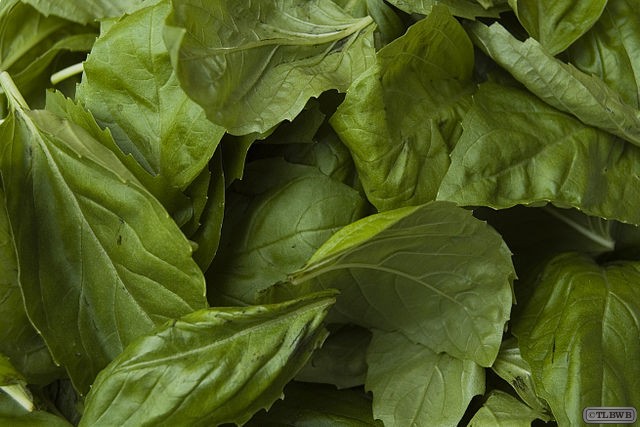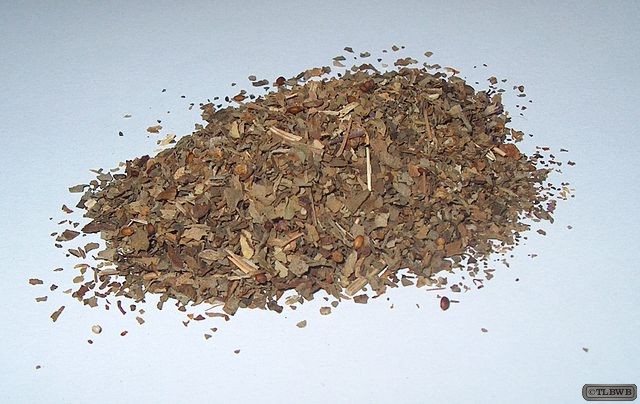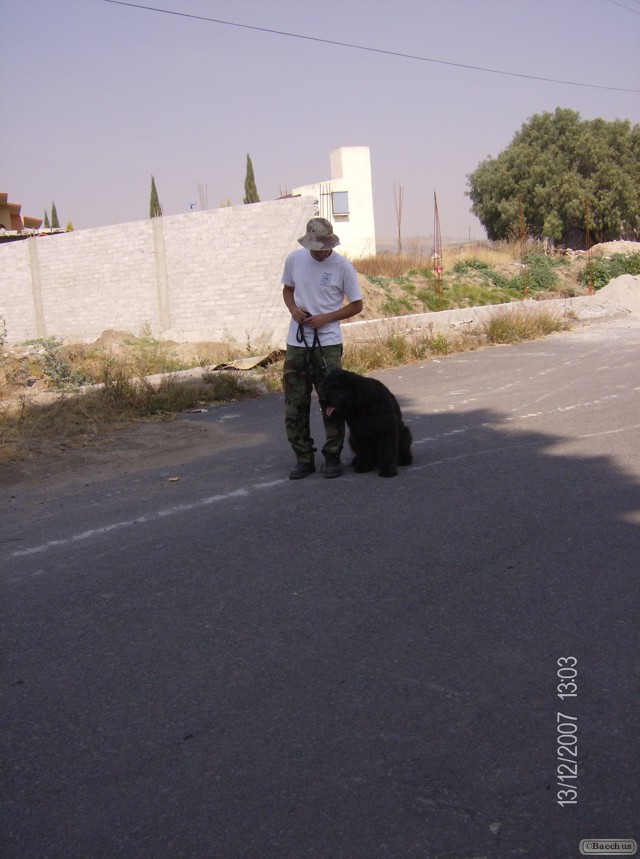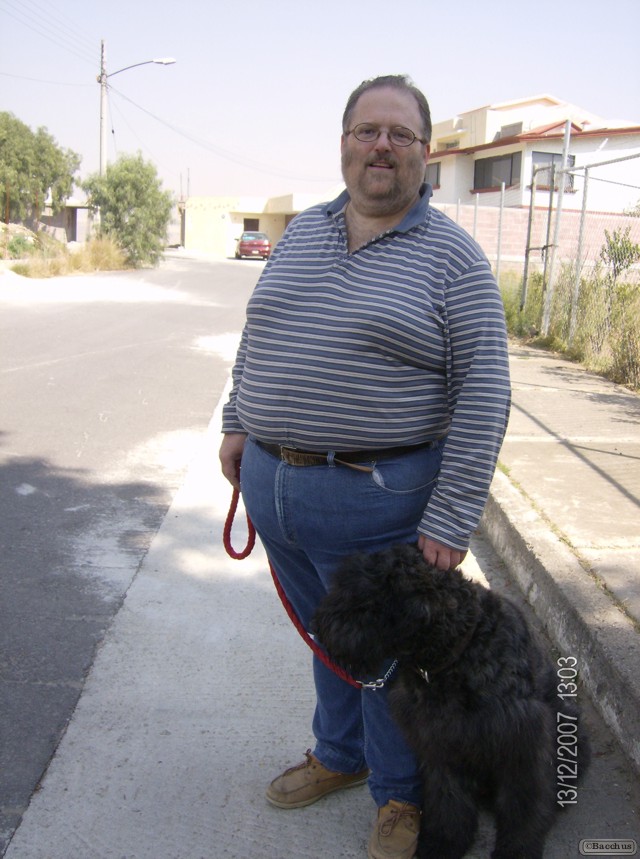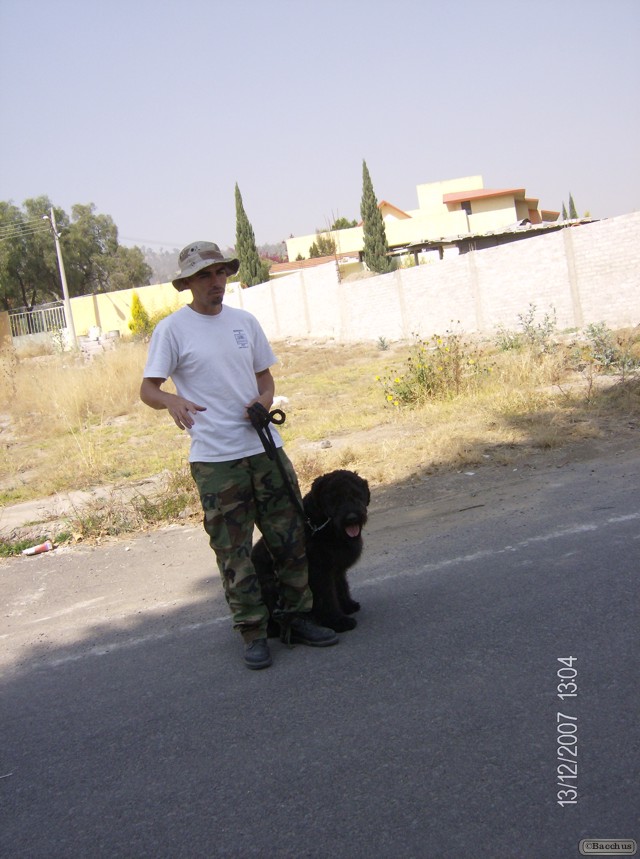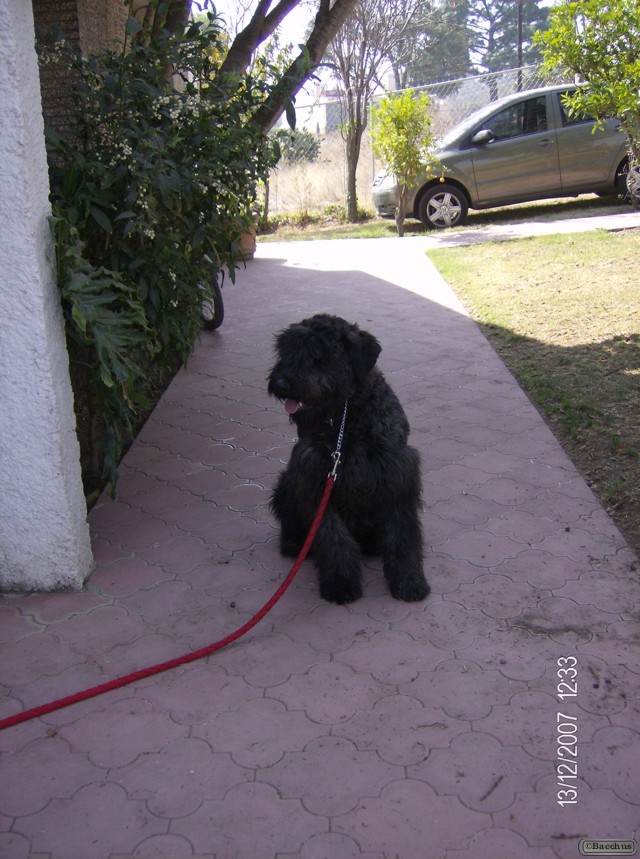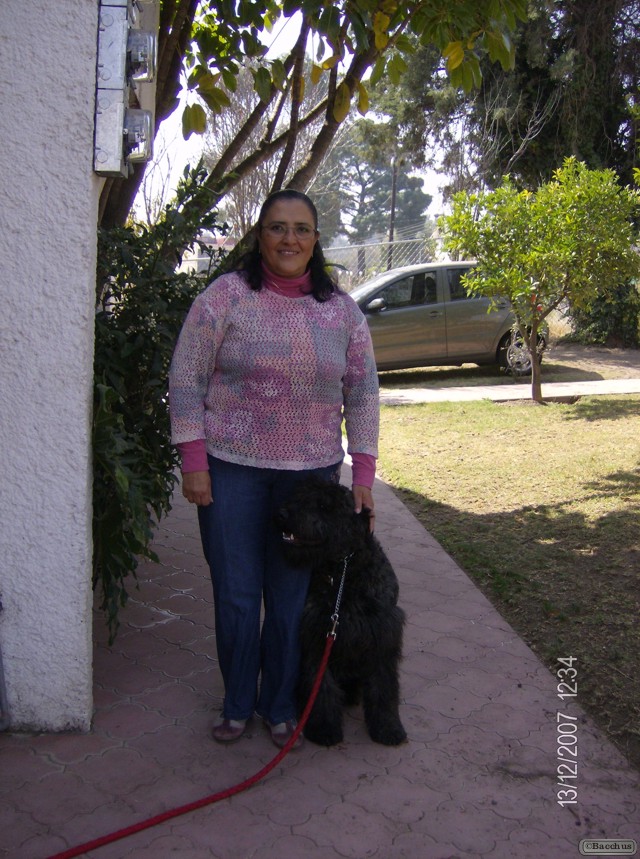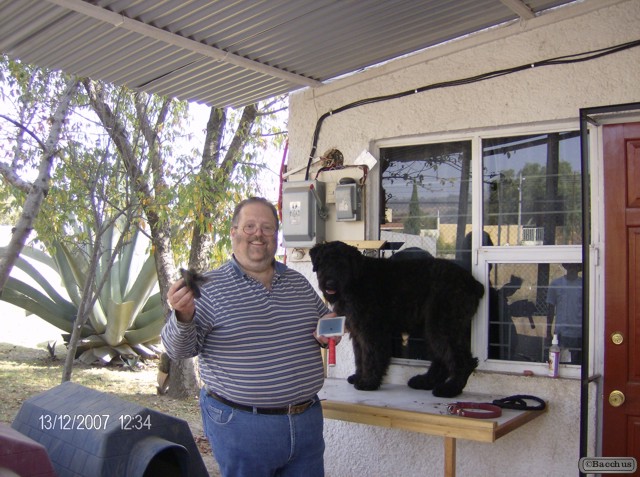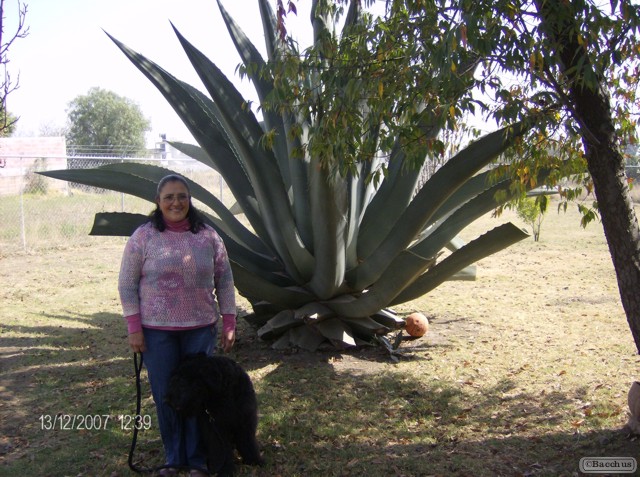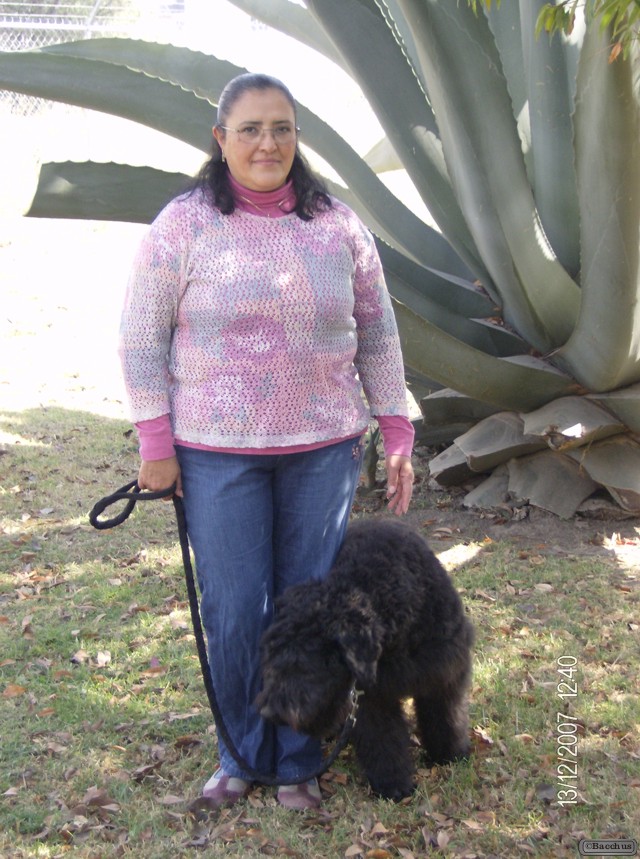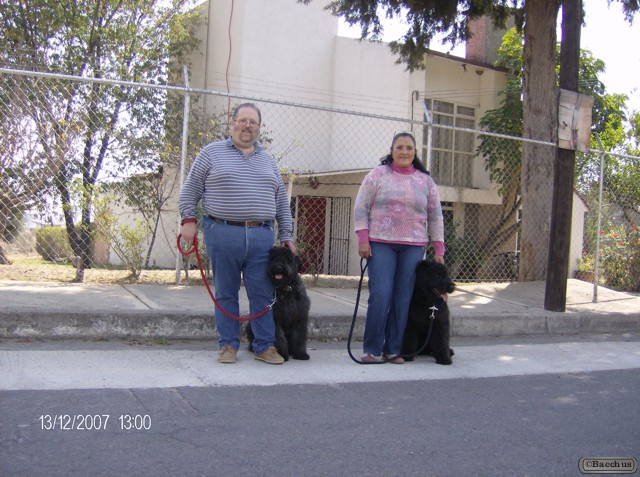Anthroposophy
Reception
Supporters
Anthroposophy’s supporters include Pulitzer Prize-winning and Nobel Laureate Saul Bellow, Nobel prize winner Selma Lagerlöf, Andrei Bely, Joseph Beuys, Owen Barfield, architect Walter Burley Griffin, Wassily Kandinsky, Andrei Tarkovsky, Bruno Walter, and Right Livelihood Award winners Sir George Trevelyan and Ibrahim Abouleish. Albert Schweitzer was a friend of Steiner’s and was supportive of his ideals for cultural renewal.
Scientific Basis
Though Rudolf Steiner studied natural science at the Vienna Technical University at the undergraduate level, his doctorate was in epistemology and very little of his work is directly concerned with the empirical sciences. In his mature work, when he did refer to science it was often to present phenomenological or Goethean science as an alternative to what he considered the materialistic science of his contemporaries.
His primary interest was in applying the methodology of science to realms of inner experience and the spiritual worlds (Steiner’s appreciation that the essence of science is its method of inquiry is unusual among esotericists), and Steiner called anthroposophy Geisteswissenschaft (Science of the mind, or cultural or spiritual science), a term generally used in German to refer to the humanities and social sciences; in fact, the term “science” is used more broadly in Europe as a general term that refers to any exact knowledge.
- [Anthroposophy’s] methodology is to employ a scientific way of thinking, but to apply this methodology, which normally excludes our inner experience from consideration, instead to the human being proper.
Whether this is a sufficient basis for anthroposophy to be considered a spiritual science has been a matter of controversy. As Freda Easton explained in her study of Waldorf schools, “Whether one accepts anthroposophy as a science depends upon whether one accepts Steiner’s interpretation of a science that extends the consciousness and capacity of human beings to experience their inner spiritual world.” Sven Ove Hansson has disputed anthroposophy’s claim to a scientific basis, stating that its ideas are not empirically derived and neither reproducible nor testable.
Carlo Willmann points out that as, on its own terms, anthroposophical methodology offers no possibility of being falsified except through its own procedures of spiritual investigation, no intersubjective validation is possible by conventional scientific methods; it thus cannot stand up to positivistic science’s criticism. Peter Schneider calls such objections untenable on the grounds that if a non-sensory, non-physical realm exists, then according to Steiner the experiences of pure thinking possible within the normal realm of consciousness would already be experiences of that, and it would be impossible to exclude the possibility of empirically grounded experiences of other supersensory content.
Olav Hammer suggests that anthroposophy carries scientism “to lengths unparalleled in any other Esoteric position” due to its dependence upon claims of clairvoyant experience, its subsuming natural science under “spiritual science”, and its development of what Hammer calls “fringe” sciences such as anthroposophical medicine and biodynamic agriculture justified partly on the basis of the ethical and ecological values they promote, rather than purely on a scientific basis.
Though Steiner saw that spiritual vision itself is difficult for others to achieve, he recommended open-mindedly exploring and rationally testing the results of such research; he also urged others to follow a spiritual training that would allow them directly to apply the methods he used eventually to achieve comparable results. Some results of Steiner’s research have been investigated and supported by scientists working to further and extend scientific observation in directions suggested by an anthroposophical approach.
Anthony Storr stated about Rudolf Steiner’s Anthroposophy: “His belief system is so eccentric, so unsupported by evidence, so manifestly bizarre, that rational skeptics are bound to consider it delusional.”
Luc Paquin
Celebrating the Lammas
Participants
High Priest
High Priestess
Material Needed
Traditional Foods: Apples, Grains, Breads and Berries.
Herbs and Flowers: All Grains, Grapes, Heather, Blackberries, Sloe, Crab Apples, Mint, Meadowsweet, Sunflower and Pears.
Incense: Aloes, Rose and Sandalwood.
Sacred Gemstone: Carnelian.
Before The Ceremony
High Priest
Clean the tools and ingredients with Copal-Cinnamon incense.
Statement Of Intent
High Priest
The Goddess at Lammas
The Grain Mother
At Lammas the Goddess is in Her aspect as Grain Mother, Harvest Mother, Harvest Queen, Earth Mother, Ceres and Demeter. Demeter, as Corn Mother, represents the ripe corn of this year’s harvest and Her daughter Kore/Persephone represents the grain – the seed which drops back deep into the dark earth, hidden throughout the winter, and re-appears in the spring as new growth. This is the deep core meaning of Lammas and comes in different guises: it is about the fullness and fulfillment of the present harvest holding at its heart the seed of all future harvest. (It is a fact that a pregnant woman carrying her as yet unborn daughter is also already carrying the ovary containing all the eggs her daughter will ever release – she is already both mother, grandmother and beyond, embodying the great Motherline – pure magic and mystery.)
So as the grain harvest is gathered in, there is food to feed the community through the winter and within that harvest is the seed of next year’s rebirth, regeneration and harvest. The Grain Mother is ripe and full, heavily pregnant she carries the seed of the new year’s Sun God within her. There is tension here. For the Sun God, the God of the Harvest, the Green Man surrenders his life with the cutting of the corn.
Opening Of Circle
Together
(Walking clockwise from East)
By the air that is her breath
By the fire that is her bright spirit
By the living waters of her womb
And by the earth that is her body
The circle is cast,
(Tie the knot of the circle)
So Mote It Be!
Invoking The Watchtowers
Together
East (Air)
Hail to thee Guardians of the Watchtowers of the East,
The powers of air.
We welcome you all to our circle today.
So Mote It Be!
South (Fire)
Hail to thee Guardians of the Watchtowers of the South,
The powers of fire.
We welcome you all to our circle today.
So Mote It Be!
West (Water)
Hail to thee Guardians of the Watchtowers of the West,
The powers of water.
We welcome you all to our circle today.
So Mote It Be!
North (Earth)
Hail to thee Guardians of the Watchtowers of the North,
The powers of earth.
We welcome you all to our circle today.
So Mote It Be!
Invoke The God And Goddess
High Priest
I now do call the Eternal God to our circle today, send thy Spirit forth! Pierce our Sacred Circle with thy vibrant presence. Flow through our bodies this day. Blessed be the Eternal God.
High Priestess
I call the Eternal Goddess to our circle today, send thy Spirit forth! Pierce our Sacred Circle with thy vibrant presence. Flow through our bodies this day. Blessed be the Eternal Goddess.
High Priest
The Circle is cast; we are between the worlds. In this place that is not a place, in this time that is not a time, with a willing suspension of disbelief, we consider the possible, explore the probable, and question the truth.
So mote it be!
Together
May the place of this rite be consecrated before the gods. Eternal Gods and Goddesses of Nature are with us.
Blessed Be!
High Priestess
Be with us here, O beings of the Air may your warmth bring us love and success!
(High priestess lights incense)
High Priest
Be with us here, O beings of the Fire may your presence give us the strength so that our future is bright!
(High priest consecrates and lights the large candle)
High Priestess
Be with us here, O beings of the Water may your presence enlighten us with your wisdom!
(All drink sherry from the glass)
High Priest
Be with us here, O beings of the Earth may your presence bring us joy that will be long lasting!
(High priest scatters salt on altar)
Ceremony Begins
High Priestess
It is marks the middle of Summer and the beginning of the harvest. It is the first of three harvest festivals and is usually associated with ripening grain. It heralds the coming of Autumn. The Goddess manifests as Demeter, Ceres, Corn Mother, and other agricultural Goddesses. The God manifests as Lugh, John Barleycorn, and vegetation Gods. Colors are Golden Yellow, Orange, Green, and Light Brown. It is a festival of plenty and prosperity.
Blessed Be!
High Priest
Behold the God and Goddess, Lord of the Forest and his Bride, once again the Earth is blessed by their presence.
So mote it be!
High Priestess
This is the time of purification, and a renewing of life. This is the time of the quickening. At this time and in this place between the worlds, I come into the presence of the Lord and the Lady that I may gain wise and truthful counsel.
Blessed Be!
Together
Every beginning has an ending, and every ending is a new beginning. In Life is Death, and in Death is Life. Watch over us, loved ones, and all of our Brothers and Sisters, here and departed, who, tonight are joined together again for fellowship and celebration. Bless us all as we light our bonfires, our hearth fires, and the eternal fires in our hearts. Guide us and protect us, tonight and throughout the coming year.
Blessed Be! Blessed Be!
High Priest
Places a pinch of salt on each member’s tongue. My body is salt, taste the breath of death.
High Priestess
You are entering a space of perfect freedom as each visualizes their hopes for their life to come with the coming of the Sun, places a drop of honey on each member’s tongue. Taste the sweetness of life.
Together
Looking at the candle I who have died am alive again today, and this is the sun’s birthday! (repeat)
This is the birthday of life and love and wings, and the great joyous happening inimitably earth. We are born again, we shall live again! (repeat).
The Sun Child, the Winterborn King!
High Priest
Lord, You who is the freedom of the wild things, the bright sun that lights the day, the mystery of the forest, he resolve in the heart of humanity, we welcome you in our midst for you are the body of nature who gives life to the universe. We thank thee for all the good and the bad that happened to us in the past year. The good as it makes our lives happier. The bad as it makes our souls stronger and strengthen our resolve to do better.
So mote it be!
Together
So mote it be!
High Priestess
The old solar year has run its course and completed its cycle. So has some of our habits or traits completed their cycles and outlived their usefulness. This is a time for shedding that which is no longer needed. Take a few moments now to consider which things you would leave behind as you go into the coming year.
So blessed be!
(Pause)
As the old year dies away so to will these old ways will fade into memory.
So mote it be!
Together
So mote it be!
Together
(Consecrates the assorted small candles with oil and then light them)
Water, Air, Fire, Earth
We celebrate the Sun’s rebirth
On this dark and longest night
We burn the sacred candles bright
We thank thee for the light of the sun
Hail to thee, O Great Horned One
So mote it be!
Spellwork
(Spellwork & Magic are anything but supernatural for most Wiccans and Pagans. Learn about magical theory, how energy is manipulated, choosing your magical name, herb and candle magic, and protection rituals. Also covered: should you pay someone else to cast a spell for you?)
(Have a magical picnic and break bread with friends. Do a meditation in which you visualize yourself completing a project you have already begun. Make a corn dolly charm out of the first grain you harvest or acquire. Bake a sacred loaf bread and give a portion of it to Mother Earth with a prayer of appreciation. Make prayers for a good harvest season. Do prosperity magic. Harvest herbs in a sacred way for use in charms and rituals. Kindle a Lammas fire with sacred wood and dried herbs. If you live in or near a farming region, attend a public harvest festival, such as a corn or apple festival.)
Conclusion
High Priest
May the rest of this year bring us happiness! We shall never forget the turning of the wheel, only then in the forgetfulness and neglect will it fail us.
So mote it be!
Together
So mote it be!
High Priestess
By earth and water, air and fire hearken onto my desire my home be charged by magic charm safe protected from all harm blessed with health, vitality by Sun and Earth, by three times three in love and trust.
So mote it be!
High Priest
By this act of faith I proclaim my belief in my place on the Eternal cycle of life blessed be the Great Rite the God and Goddess reign eternal.
Dismiss Watchtowers
Together
We thank you for joining our ceremony today. As ye depart to your mighty realms, we bid thee Hail and Farewell, and harm ye none on your way.
So Mote It Be
North (Earth)
Hail to thee Guardians of the Watchtowers of the North.
The powers of earth.
We thank you all for joining our ceremony today. As ye depart to your mighty realms, we bid thee Hail and Farewell, and harm ye none on your way.
So Mote It Be!
West (Water)
Hail to thee Guardians of the Watchtowers of the West.
The powers of water.
We thank you all for joining our ceremony today. As ye depart to your mighty realms, we bid thee Hail and Farewell,aAnd harm ye none on your way.
So Mote It Be!
South (Fire)
Hail to thee Guardians of the Watchtowers of the South.
The powers of fire.
We thank you all for joining our ceremony today. As ye depart to your mighty realms, we bid thee Hail and Farewell, and harm ye none on your way.
So Mote It Be!
East (Air)
Hail to thee Guardians of the Watchtowers of the East.
The powers of air.
We thank you all for joining our ceremony today. As ye depart to your mighty realms, we bid thee Hail and Farewell,and harm ye none on your way.
So Mote It Be!
Open The Circle
Together
(First cut the knot. Walking counterclockwise from East.)
By the air that is her breath
By the earth that is her body
By the living waters of her womb
And by the fire that is her bright spirit
The circle is open but not unbroken.
May the joy of the Goddess live in our hearts
Merry Meet,
Merry Part,
And Merry Meet Again!
The Lost Bearded White Brother
Tests and diagnosis
Your doctor will likely give you a physical and a neurological exam, test your strength, feeling and reflexes, and listen to your heart and the vessels in your neck. He or she will likely request an imaging test, usually an MRI, to quickly identify what’s causing the aphasia.
You’ll also likely undergo tests and informal observations to assess your language skills, such as the ability to:
- Name common objects
- Engage in a conversation
- Understand and use words correctly
- Answer questions about something read or heard
- Repeat words and sentences
- Follow instructions
- Answer yes-no questions and respond to open-ended questions about common subjects
- Read and write
Treatments and drugs
If the brain damage is mild, a person may recover language skills without treatment. However, most people undergo speech and language therapy to rehabilitate their language skills and supplement their communication experiences. Researchers are currently investigating the use of medications, alone or in combination with speech therapy, to help people with aphasia.
Speech and language rehabilitation
Recovery of language skills is usually a relatively slow process. Although most people make significant progress, few people regain full pre-injury communication levels.
For aphasia, speech and language therapy tries to improve the person’s ability to communicate by restoring as much language as possible, teaching how to compensate for lost language skills and finding other methods of communicating.
Therapy:
- Starts early. Some studies have found that therapy is most effective when it begins soon after the brain injury.
- Often works in groups. In a group setting, people with aphasia can try out their communication skills in a safe environment. Participants can practice initiating conversations, speaking in turn, clarifying misunderstandings and fixing conversations that have completely broken down.
- May include use of computers. Using computer-assisted therapy can be especially helpful for relearning verbs and word sounds (phonemes).
Medications
Certain drugs are currently being studied for the treatment of aphasia. These include drugs that may improve blood flow to the brain, enhance the brain’s recovery ability or help replace depleted chemicals in the brain (neurotransmitters). Several medications, such as memantine (Namenda) and piracetam, have shown promise in small studies. But more research is needed before these treatments can be recommended.
Norma
Anthroposophy
Relationship to Religion
Judaism
Rudolf Steiner wrote and lectured on Judaism and Jewish issues for much of his life. In the 1880s and 1890s, he took part in debates on anti-semitism and on assimilation. He was a fierce opponent of anti-semitism and supported the unconditional acceptance and integration of the Jews in Europe.[74] He also supported Émile Zola’s position in the Dreyfus affair. In his later life, Steiner was accused by the Nazis of being a Jew, and Adolf Hitler called anthroposophy “Jewish methods”. The anthroposophical institutions in Germany were banned during Nazi rule and several anthroposophists sent to concentration camps.
Steiner emphasized Judaism’s central importance to the constitution of the modern era in the West but suggested that to appreciate the spirituality of the future it would need to overcome its tendency toward abstraction. Important early anthroposophists who were Jewish included two central members on the executive boards of the precursors to the modern Anthroposophical Society, and Karl König, the founder of the Camphill movement. Martin Buber and Hugo Bergmann, who viewed Steiner’s social ideas as a solution to the Arab-Jewish conflict, were also influenced by anthroposophy.
There are several anthroposophical organisations in Israel, including the anthroposophical kibbutz Harduf, founded by Jesaiah Ben-Aharon. A number of these organizations are striving to foster positive relationships between the Arab and Jewish populations: The Harduf Waldorf school includes both Jewish and Arab faculty and students, and has extensive contact with the surrounding Arab communities. In Hilf near Haifa, there is a joint Arab-Jewish Waldorf kindergarten, the first joint Arab-Jewish kindergarten in Israel.
Christian Community
Towards the end of Steiner’s life, a group of theology students (primarily Lutheran, with some Roman Catholic members) approached Steiner for help in reviving Christianity, in particular “to bridge the widening gulf between modern science and the world of spirit.” They approached a notable Lutheran pastor, Friedrich Rittelmeyer, who was already working with Steiner’s ideas, to join their efforts. Out of their co-operative endeavor, the Movement for Religious Renewal, now generally known as The Christian Community, was born. Steiner emphasized that he considered this movement, and his role in creating it, to be independent of his anthroposophical work, as he wished anthroposophy to be independent of any particular religion or religious denomination.
Luc Paquin
In some English-speaking countries in the Northern Hemisphere, August 1 is Lammas Day, the festival of the wheat harvest, and is the first harvest festival of the year. On this day it was customary to bring to church a loaf made from the new crop, which began to be harvested at Lammastide.
The loaf was blessed, and in Anglo-Saxon England it might be employed afterwards to work magic: a book of Anglo-Saxon charms directed that the lammas bread be broken into four bits, which were to be placed at the four corners of the barn, to protect the garnered grain.
In many parts of England, tenants were bound to present freshly harvested wheat to their landlords on or before the first day of August. In the Anglo-Saxon Chronicle, where it is referred to regularly, it is called “the feast of first fruits”.
Lughnasadh or Lammas is also the name used for one of the eight sabbats in the Neopagan Wheel of the Year. It is the first of the three autumn harvest festivals, the other two being the autumn equinox (also called Mabon) and Samhain. In the Northern Hemisphere it takes place around August 1.
Lughnasadh is a Gaelic festival marking the beginning of the harvest season. Historically, it was widely observed throughout Ireland, Scotland and the Isle of Man. Originally it was held on 1 August, or about halfway between the summer solstice and autumn equinox. However, over time the celebrations shifted to the Sundays nearest this date. Lughnasadh is one of the four Gaelic seasonal festivals; along with Samhain, Imbolc and Beltane. It corresponds to other European harvest festivals such as the Welsh Gwyl Awst and the English Lammas.
Lughnasadh is mentioned in some of the earliest Irish literature and is believed to have pagan origins. The festival itself is named after the god Lugh. It involved great gatherings that included religious ceremonies, ritual athletic contests (most notably the Tailteann Games), feasting, matchmaking and trading. There were also visits to holy wells. According to folklorist Máire MacNeill, evidence shows that the religious rites included an offering of the first of the corn, a feast of the new food and of bilberries, the sacrifice of a bull and a ritual dance-play. Much of this would have taken place on top of hills and mountains.
Wicca
Wiccans use the names “Lughnasadh” or “Lammas” for the first of their autumn harvest festivals. It is one of the eight yearly “Sabbats” of their Wheel of the Year, following Midsummer and preceding Mabon. It is seen as one of the two most auspicious times for handfasting, the other being at Beltane. Some Wiccans mark the holiday by baking a figure of the “corn god” in bread, and then symbolically sacrificing and eating it.
The Lost Bearded White Brother
Basil, Thai basil, or sweet basil, is a common name for the culinary herb Ocimum basilicum of the family Lamiaceae (mints), sometimes known as Saint Joseph’s Wort in some English speaking countries.
Basil is possibly native to India, and has been cultivated there for more than 5,000 years. It was thoroughly familiar to the Greek authors Theophrastus and Dioscorides. It is a half-hardy annual plant, best known as a culinary herb prominently featured in Italian cuisine, and also plays a major role in Southeast Asian cuisines of Indonesia, Thailand, Malaysia, Vietnam, Cambodia, Laos, and Taiwan. Depending on the species and cultivar, the leaves may taste somewhat like anise, with a strong, pungent, often sweet smell.
There are many varieties of Ocimum basilicum, as well as several related species or species hybrids also called basil. The type used in Italian food is typically called sweet basil, as opposed to Thai basil, lemon basil and holy basil, which are used in Asia. While most common varieties of basil are treated as annuals, some are perennial in warm, tropical climates, including holy basil and a cultivar known as ‘African Blue’.
Folk Use
Basil is used for its medicinal properties in Ayurveda, the traditional medicinal system of India and Siddha medicine, a traditional Tamil system of medicine. They are also used as a drinks in Southeast Asia.
Wiccan
Basil is known far and wide as a culinary herb, but it also contains some interesting magical properties. In Mediterranean countries, it is strewn on floors to purify a home. It also can bring luck to people moving into a new residence – a gift of a potted basil plant guarantees good fortune. Magically, basil can be used in love magic and in love divination. Basil can also be used to guarantee fidelity – or detect the lack of it.
The Lost Bearded White Brother
Anthroposophy
Relationship to Religion
Christ as the Center of Earthly Evolution
Steiner’s writing, though appreciative of all religions and cultural developments, emphasizes Western tradition as having evolved to meet contemporary needs. He describes Christ and his mission on earth of bringing individuated consciousness as having a particularly important place in human evolution, whereby:
- Christianity has evolved out of previous religions;
- The being which manifests in Christianity also manifests in all faiths and religions, and each religion is valid and true for the time and cultural context in which it was born;
- All historical forms of Christianity need to be transformed considerably to meet the continuing evolution of humanity.
- Spiritual science does not want to usurp the place of Christianity; on the contrary it would like to be instrumental in making Christianity understood. Thus it becomes clear to us through spiritual science that the being whom we call Christ is to be recognized as the center of life on earth, that the Christian religion is the ultimate religion for the earth’s whole future. Spiritual science shows us particularly that the pre-Christian religions outgrow their one-sidedness and come together in the Christian faith. It is not the desire of spiritual science to set something else in the place of Christianity; rather it wants to contribute to a deeper, more heartfelt understanding of Christianity.
Thus, anthroposophy considers there to be a being who unifies all religions, and who is not represented by any particular religious faith. This being is, according to Steiner, not only the Redeemer of the Fall from Paradise, but also the unique pivot and meaning of earth’s evolutionary processes and of human history. To describe this being, Steiner periodically used terms such as the “Representative of Humanity” or the “good spirit” rather than any denominational term.
This view has certain similarities to the concepts of Christogenesis advocated by Pierre Teilhard de Chardin.
Divergence from Conventional Christian Thought
Steiner’s views of Christianity diverge from conventional Christian thought in key places, and include gnostic elements:
- One central point of divergence is Steiner’s views on reincarnation and karma.
- Steiner differentiated three contemporary paths by which he believed it possible to arrive at Christ:
- Through heart-filled experiences of the Gospels; Steiner described this as the historically dominant path, but becoming less important in the future.
- Through inner experiences of a spiritual reality; this Steiner regarded as increasingly the path of spiritual or religious seekers today.
- Through initiatory experiences whereby the reality of Christ’s death and resurrection are experienced; Steiner believed this is the path people will increasingly take.
- Steiner also believed that there were two different Jesus children involved in the Incarnation of the Christ: one child descended from Solomon, as described in the Gospel of Matthew, the other child from Nathan, as described in the Gospel of Luke. (The genealogies given in the two gospels diverge some thirty generations before Jesus’ birth, and ‘Jesus’ was a common name in biblical times.)
His view of the second coming of Christ is also unusual; he suggested that this would not be a physical reappearance, but that the Christ being would become manifest in non-physical form, visible to spiritual vision and apparent in community life for increasing numbers of people beginning around the year 1933. - He emphasized his belief that in the future humanity would need to be able to recognize the Spirit of Love in all its genuine forms, regardless of what name would be used to describe this being. He also warned that the traditional name of the Christ might be misused, and the true essence of this being of love ignored.
Luc Paquin
Anthroposophy
Place in Western Philosophy
Steiner built upon Goethe’s conception of an imaginative power capable of synthesizing the sense-perceptible form of a thing (an image of its outer appearance) and the concept we have of that thing (an image of its inner structure or nature). Steiner added to this the conception that a further step in the development of thinking is possible when the thinker observes his or her own thought processes. “The organ of observation and the observed thought process are then identical, so that the condition thus arrived at is simultaneously one of perception through thinking and one of thought through perception.”
Thus, in Steiner’s view, we can overcome the subject-object divide through inner activity, even though all human experience begins by being conditioned by it. In this connection, Steiner examines the step from thinking determined by outer impressions to what he calls sense-free thinking. He characterizes thoughts he considers without sensory content, such as mathematical or logical thoughts, as free deeds. Steiner believed he had thus located the origin of free will in our thinking, and in particular in sense-free thinking.
Some of the epistemic basis for Steiner’s later anthroposophical work is contained in the seminal work, Philosophy of Freedom. In his early works, Steiner sought to overcome what he perceived as the dualism of Cartesian idealism and Kantian subjectivism by developing Goethe’s conception of the human being as a natural-supernatural entity, that is: natural in that humanity is a product of nature, supernatural in that through our conceptual powers we extend nature’s realm, allowing it to achieve a reflective capacity in us as philosophy, art and science. Steiner was one of the first European philosophers to overcome the subject-object split in Western thought. Though not well known among philosophers, his philosophical work was taken up by Owen Barfield (and through him influenced the Inklings, an Oxford group of Christian writers that included J. R. R. Tolkien and C. S. Lewis) and Richard Tarnas.
Christian and Jewish mystical thought have also influenced the development of anthroposophy.
Union of Science and Spirit
Steiner believed in the possibility of applying the clarity of scientific thinking to spiritual experience, which he saw as deriving from an objectively existing spiritual world. Steiner identified mathematics, which attains certainty through thinking itself, thus through inner experience rather than empirical observation, as the basis of his epistemology of spiritual experience.
Luc Paquin
Preparing for your appointment
If your aphasia is due to a stroke or head injury, you’ll probably first see an emergency room physician. You’ll then see a doctor who specializes in disorders of the nervous system (neurologist), and you may eventually be referred to a speech-language pathologist for rehabilitation.
Because this condition generally arises as an emergency, you won’t have time to prepare. If possible, bring the medications or supplements you take with you to the hospital so that your doctor is aware of them.
When you have follow-up appointments, you’ll likely need a companion to drive you to your doctor’s office. In addition, this person may be able to help you communicate with your doctor.
Some questions a loved one or friend may want to ask your doctor include:
- What’s the most likely cause of these speech difficulties?
- Are tests needed?
- Is aphasia temporary or long lasting?
- What treatments are available for aphasia, and which do you recommend?
- Are there services available, such as speech-language therapy or home health assistance?
- Are there ways to help my loved one understand others or communicate more effectively?
What to expect from your doctor
Your doctor will likely have questions, too. A loved one or friend can help your doctor get the information needed. Your doctor may ask:
- When did the symptoms start?
- Do you understand what others are saying?
- Do others understand what you’re saying?
- Has the aphasia been continuous, or does it come and go?
- Have you noticed changes in your speech – such as the way you move your jaw, tongue and lips to make speech sounds – or the sound of your voice?
- Have you noticed changes in your ability to understand what you read or your ability to spell and write sentences?
Norma
